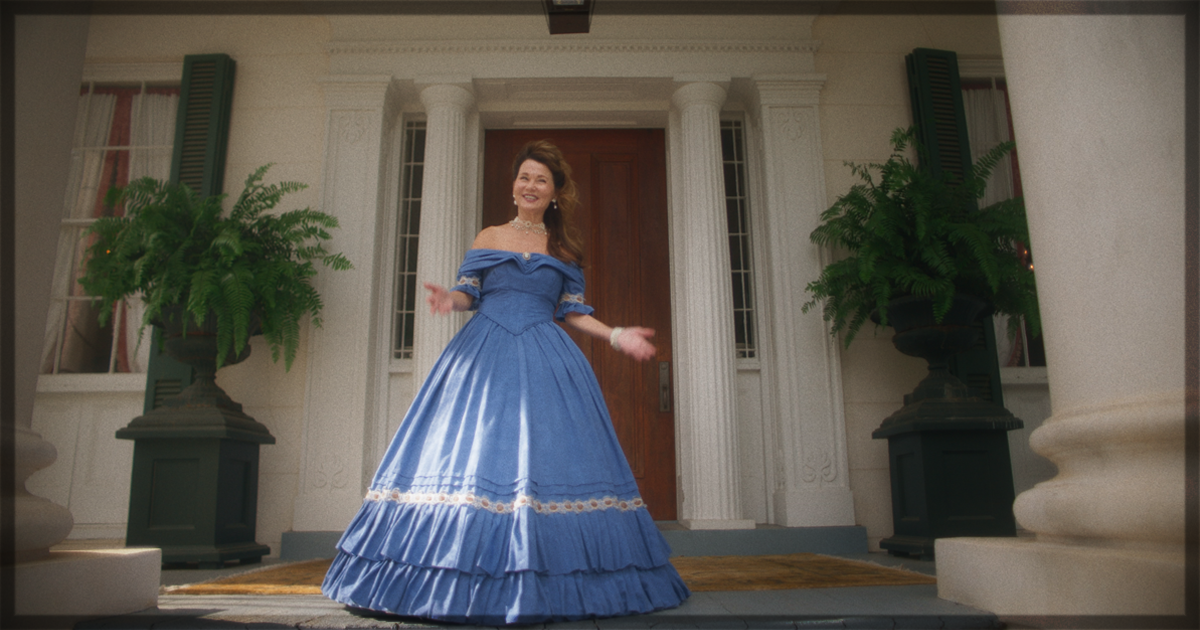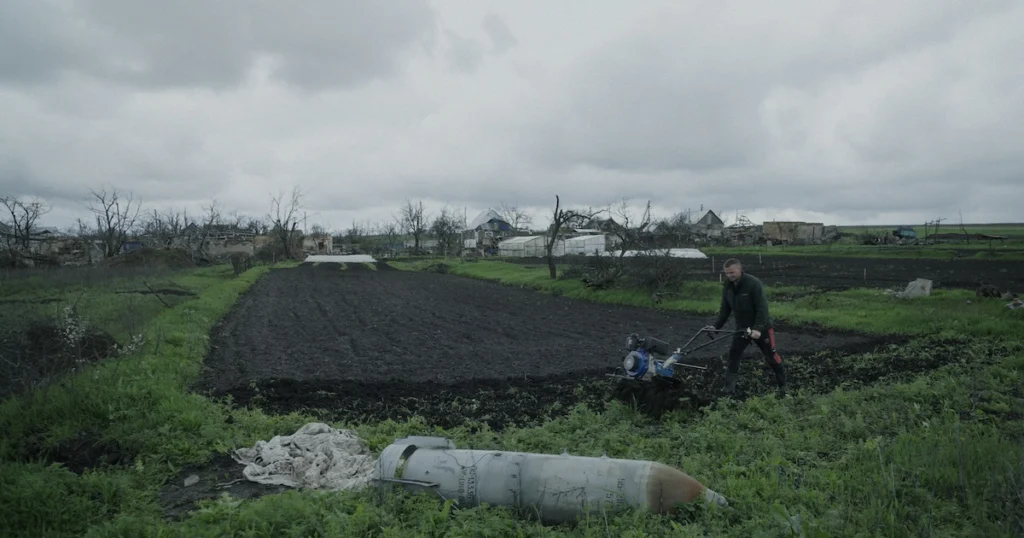In her sophomore effort, Suzannah Herbert premieres her film Natchez at the Tribeca Film Festival. The documentary title borrows its name from the city in Mississippi. In the 1800s, it was the city with the most millionaires in the world; cotton plantations and the slave trade were the main commercial activities of the town. Mansions became a trademark in the city, where their owners would construct massive Victorian-style houses amidst the American South. However, floods destroyed the buildings, and bugs would harm the crops, leading to the evacuation of multiple inhabitants. The garden clubs would repair the destroyed houses, and they created tour agencies to present the historical sights of Natchez to tourists who visit during pilgrimages. The film narrates the duality of the city, which deals with its historical pride and the pains of its slavery heritage.
The first twenty minutes are an open house excursion with the antebellum tour guides. Thousands of people come from different parts of the United States to explore the hundreds of acres of construction from the 1700s and 1800s. Multiple people traveled to the countryside of Mississippi to revisit the history of the United States. The house owners preserve the original outlines of the architecture; they also maintain most of the traditional decor in the various rooms of those large venues. The tradition is also present in the costumes the hosts wear to present the mansions to the visitors. For example, young girls receive their first hoop skirts at a young age, continuing a generational tradition. As adults, they wear hoop dresses that impress with their volume and length. In this sense, they want to transport the visitor to that era. Besides preserving a timely cut of the American South, the garden clubs’ tours aim to create a connection between tourism and a specific history of American development over the decades.
In this sense, Herbert thrives in counterbalancing Natchez with the antagonist’s vision of the city’s history. It evidences how the white elites are successful in protecting the official history of that place. The film dedicates half its runtime to showing the contrasting movement of the garden clubs’ tours and social gatherings. Instead of drinking champagne in rooms built by slavery, the black population assembled in public squares under trees and told their versions of the tradition. On a side note, in one interview, it is clear how the hosts prefer to use the term servant over the word slave. It is a cleaning of the hurtful roots behind the meaning of the word. Those guides teaching people through their guided visitations do not worry about a nuanced and historically accurate tour. It embraces the canonized history of that location.
Consequently, a few of the heirs to the aristocracy follow their racist lifestyle. One of the house owners is a proud racist who is opposed to the presence of black people in societal positions. The director captures small talk between the proprietor and his visitors on the behavior of the black community and how it diminishes his understanding of civilization in that place. The cameras document from a distance the comfort of the racist landlord in stating his prejudices about a population who built his property. At first, Natchez may seem like a holistic view of the city; however, the director develops a successful thesis on the whitewashing of ancient modern black societies in the South. Herbert impresses with her position in portraying the rebranded aristocracy as something they never stopped being: racist.
Another noteworthy element of the film is the editing, which effectively differentiates between houses and gardens. Pablo Proenza’s work aims to represent each location, creating a unified and coherent whole. The houses are the locations of most of the interviews and film tours. In this sense, Proenza is taking the time for the audience to recognize the venues and record some crucial information about them. Thus, there is a balanced rhythm between the blocks, which divide into historical aspects of the pilgrimage, black cleansing, and racist house owners. The editing takes its time to present the geography of Natchez to the audience, as it is a crucial element to the thesis on racism and urbanistic prejudice against the black population.
Ultimately, Suzannah Herbert presents Natchez as the popular visitation spot it is. However, she emphasizes how the sixth and seventh generations of the local elites marginalize the black population’s version of how the city has been constructed. Their mansions are open to visit, but they are not open to mention the ones that died building them.
Natchez recently premiered at the Tribeca Film Festival.
Learn more about the film at the Tribeca site for Natchez.


